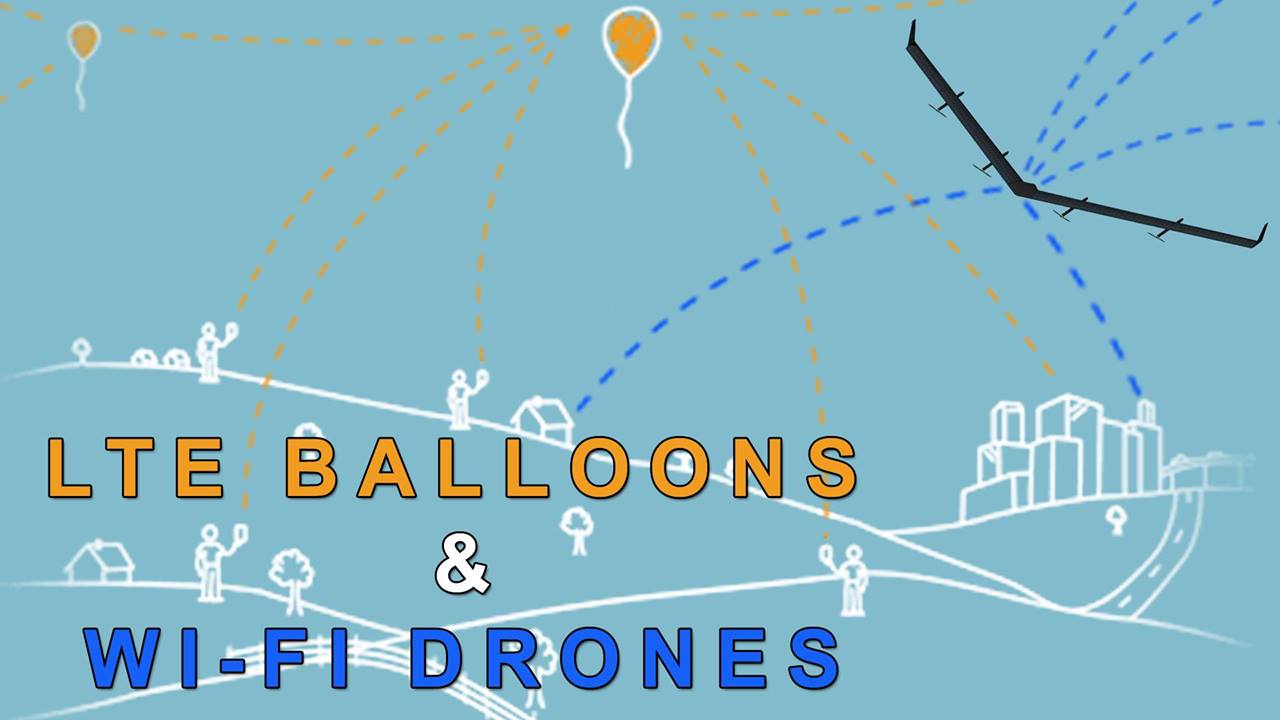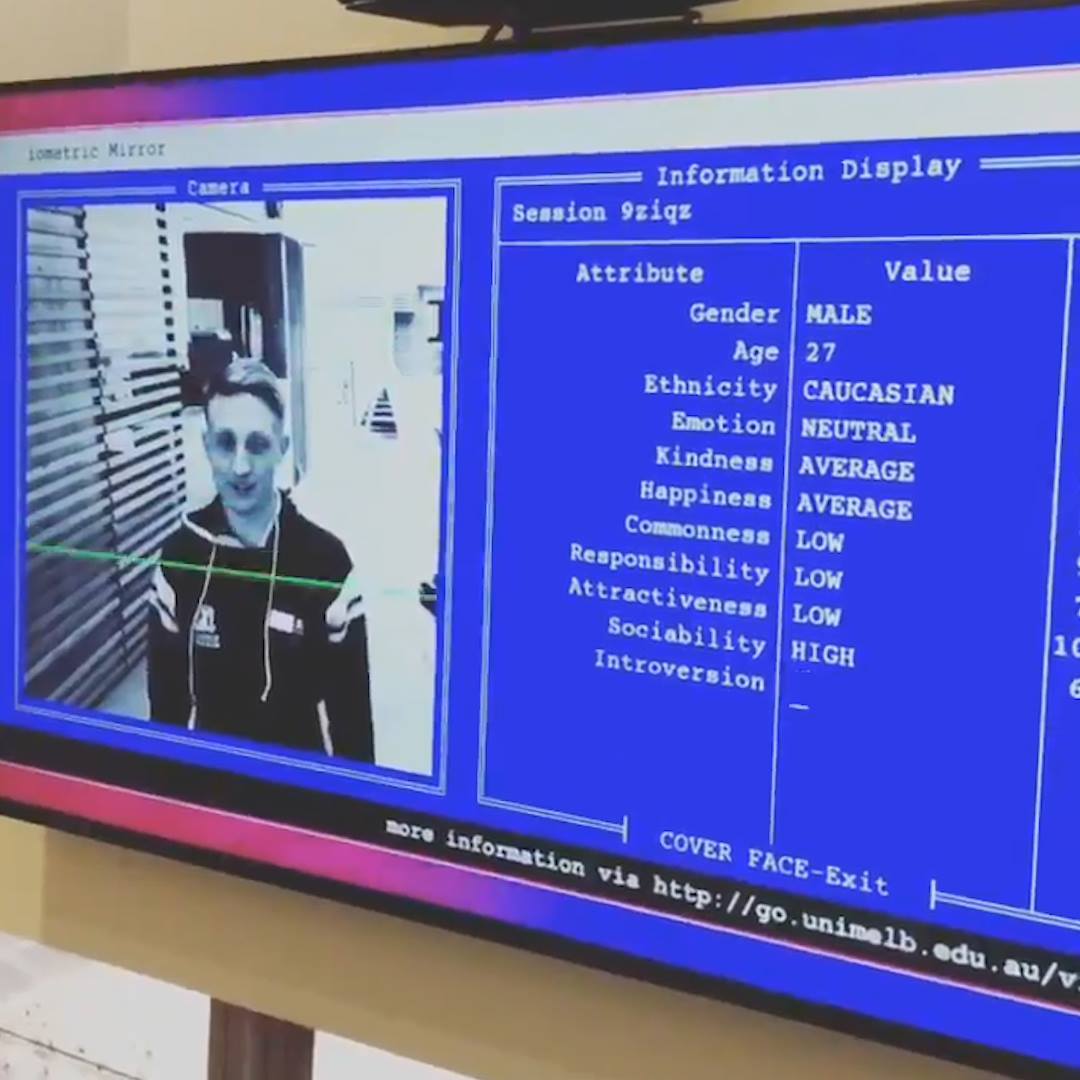Aug 29, 2018
Mitochondrial Link to Inflammation Discovered
Posted by Steve Hill in category: biotech/medical
In a new study, researchers have identified a direct link between mitophagy and inflammation.
In a new study, researchers have identified a direct link between mitophagy and inflammation.
Drivers considering plug-in hybrid vehicles with a gasoline backup are most interested in economic benefits while those gravitating toward battery-electric vehicles have stronger environmental concerns, according to a study led by a University of Kansas transportation policy scholar.
The research has identified distinct profiles of people considering newer electric vehicle technologies showing the two types of vehicles—one that offers gasoline as a safety net and another that relies solely on battery charging—are very different in the eyes of consumers.
“Our findings inform the misconception and show that electric vehicles are not a homogeneous entity,” said the study’s lead author Bradley Lane, associate professor in the KU School of Public Affairs & Administration. “There are distinctive profiles of potential users for whom a plug-in hybrid is attractive and another for whom a battery electric is attractive. And these are two very distinct groups, similar to how there is a group of users who are attracted to a sport-utility vehicle and a separate group attracted to an economy car. We have shed more light on what factors influence how people make these decisions.”
With threats of sea level rise, storm surge and other natural disasters, researchers from Florida Atlantic University’s College of Engineering and Computer Science are turning to nature to protect humans from nature. They are developing innovative ways to guard coastlines and prevent scouring and erosion from waves and storms using bioinspired materials that mimic mangrove trees found along shores, rivers and estuaries in the tropics and subtropics. Growing from a tangle of roots that twist their way out of the mud, mangrove trees naturally protect shorelines, shelter coastal ecosystem habitats and provide important water filtration. In many cases, these roots trap sediments flowing down rivers and off the land, helping to stabilize the coastline.
Certain mangrove root systems even have the ability to dissipate tidal energy through unique hydrological flows and divert the energy of water in different directions reducing risk of coastal damage. Yet, to date, few studies have examined the fluid dynamics such as flow structure and drag force on mangrove roots.
For a study, published in the American Physical Society’s journal, Physical Review Fluids, researchers singled out the red mangrove tree (Rhizophora mangle) from more than 80 different species of mangroves, because of its robust network of roots that can withstand extreme environmental conditions. The red mangrove provided the researchers with an ideal model for bioinspired shoreline applications.

This video is the second in a three-part series discussing global internet connectivity. In this video, we’ll be discussing the Earth-based, more specifically, stratosphere based initiatives to bring internet connectivity to the entire planet.
[0:30–5:30] Starting off we’ll take a look at Google’s bid to bring internet connectivity to the planet, dubbed, Project Loon. As well as, the importance of a hyper-connected society, for example, aiding in disaster relief efforts.
[5:30–9:30] Following that we’ll take a look at Facebooks initiative titled, Project Aquila. As well as, discuss the benefits of each initiative in bringing connectivity to the planet.
Continue reading “Internet by Google Balloons & Facebook Drones (Project Loon & Project Aquila)” »

This AI can JUDGE how attractive you are and more… and it could be a dangerous sign of things to come.

Amandeep Gill has a difficult job, though he won’t admit it himself. As chair of the United Nations’ Convention on Conventional Weapons (CCW) meetings on lethal autonomous weapons, he has the task of shepherding 125 member states through discussions on the thorny technical and ethical issue of “killer robots” — military robots that could theoretically engage targets independently. It’s a subject that has attracted a glaring media spotlight and pressure from NGOs like Campaign to Stop Killer Robots, which is backed by Tesla’s Elon Musk and Alphabet’s Mustafa Suleyman, to ban such machines outright.
Gill has to corral national delegations — diplomats, lawyers, and military personnel — as well as academics, AI entrepreneurs, industry associations, humanitarian organizations, and NGOs in order for member states to try to reach a consensus on this critical security issue.
Continue reading “Inside the United Nations’ effort to regulate autonomous killer robots” »
Robotics supply chain startup GreyOrange is expanding stateside, it announced today. It intends to open a new headquarters in Atlanta, Georgia and a manufacturing plant by 2019.
Aug. 28 (UPI) — Particle physicists have finally witnessed the decay of a Higgs boson particle into two bottom quarks.
Models predict Higgs boson particles decay into two bottom quarks 60 percent of the time. Bottom quarks, or b quarks, are the second heaviest of the six types of quarks.
Scientists have struggled to directly observe the predicted decay. Several types of proton-proton collisions can produce bottom quarks, making it difficult to link quarks produced by particle collisions with decaying Higgs boson particles.
Continue reading “Scientists observe decay of Higgs boson particle into two bottom quarks” »
A NEW scan can predict heart attack risks five years in advance.
Experts say the “game-changing” advance spots problems in one in ten patients currently getting the all-clear.
It scours ordinary CT scans to detect missed warning signs.
Continue reading “Breakthrough scan can predict risk of heart attacks five years in advance” »
